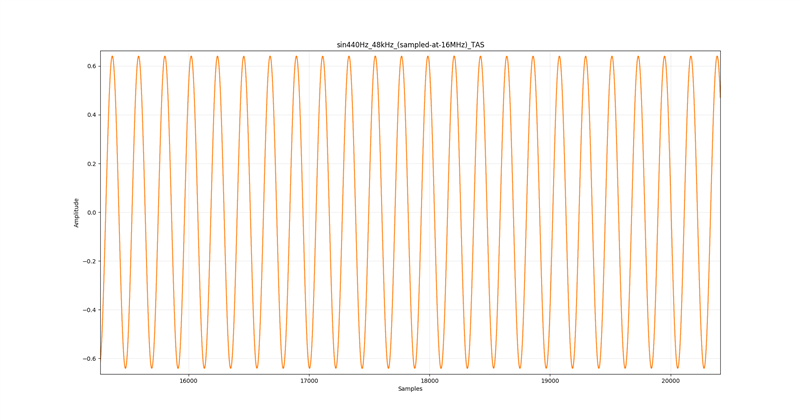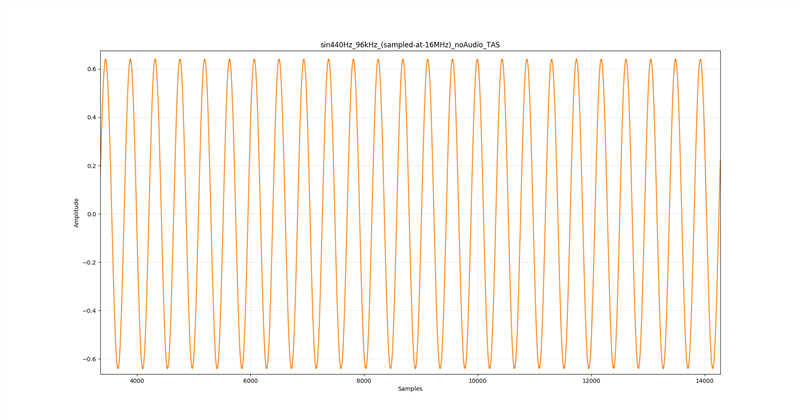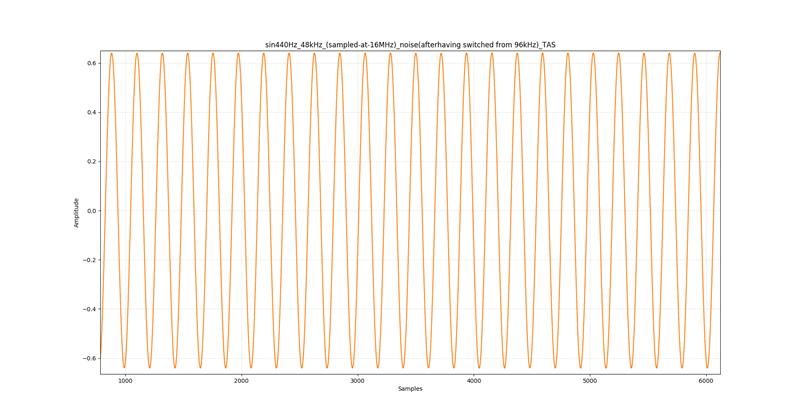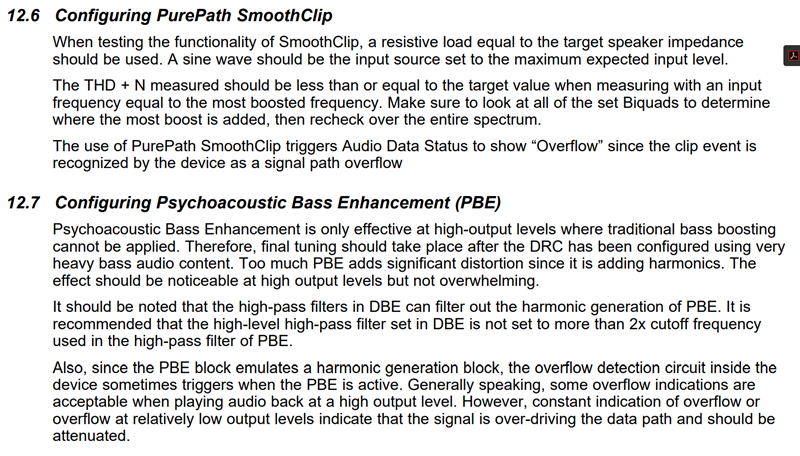Other Parts Discussed in Thread: PCM9211
Hello all,
the TAS5754M is being used as the amp on a Speaker that is being developed. The speaker can have as audio input BT, analog RCA, and TOSLINK (SPDIF). The following problem has been identified when playing via TOSLINK (digital audio) and more specifically at different sampling rates.
The most frequent scenario is that music is streamed at 48kHz and getting the TAS5754m vitals (reading the corresponding registers) would report the following
playing @ 48kHz
TAS5754M > 32 <= Fs <= 48 kHz
TAS5754M > SCLK = 64 Fs
TAS5754M > PLL locked
TAS5754M > 0.7 x VDD <= SPK_MUTE
TAS5754M > Fs <= 48 kHz
TAS5754M > DSP boot done
TAS5754M > DAC running/playing
On the this scenario music is streamed flawlessly without any issue
However, when we are streaming via TOSLINK and the 96kHz has been pre-selected on the media device then there is no audio coming out of the TAS and the VITALS report a shifter channel overflow error as shown below.
TAS5754M > Channel shifter overflow
TAS5754M > 88.2 <= Fs <= 96 kHz
TAS5754M > SCLK = 64 Fs
TAS5754M > PLL locked
TAS5754M > 0.7 x VDD <= SPK_MUTE
TAS5754M > 48 kHz <= Fs <= 96 kHz
TAS5754M > DSP boot done
TAS5754M > DAC running/playing
Another, graver effect seems to have when switching from 96kHz to 48kHz while the music is being streamed, where the divers start blasting white noise at uncontrollable volume and the gettting the VITALS reports overflow on both channels A and B in addition to the shifter overflow (shown below)
TAS5754M > Channel shifter overflow
TAS5754M > Channel A-2 overflow
TAS5754M > Channel B-2 overflow
TAS5754M > 32 <= Fs <= 48 kHz
TAS5754M > SCLK = 64 Fs
TAS5754M > PLL locked
TAS5754M > 0.7 x VDD <= SPK_MUTE
TAS5754M > Fs <= 48 kHz
TAS5754M > DSP boot done
TAS5754M > DAC running/playing
The digital audio data that is coming on the TAS input seems to be fine and the TAS seems to be recognizing the differetn sampling rates Fs.
Is there any settings that have to be adjusted so that the TAS can play the audio at 96kHz ?
And most importantly I am interested on the source of this white noise which is really loud and uncontrollable. The only way to get rid of it seems to be reboot/reinitialize the TAS module.
The overflow error to me it seems that the data are coming faster than expected/can be processed. Having looked at the datasheed of the TAS it seems that these rates can be supported also the SCLK doesnt exceep the maximum limit 64*Fs= 64 * 69kHz = 4.416MHz < 24.576 MHz. Or is there a misinterpretation here?
I would be glad to give you some more information on the setup upon request.
Thanks a lot in advance!
Regards,
Costas







